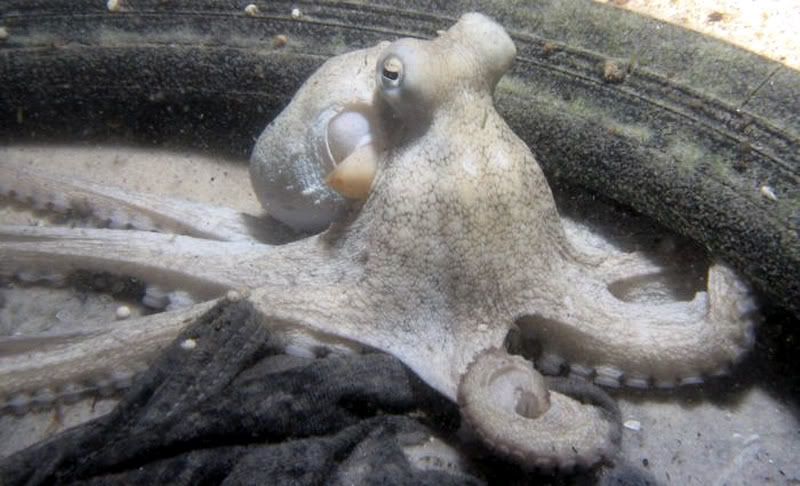Hetland
Contributor
I've spent this season learning about my camera, and later my strobe (I'm STILL learning, but you know what I mean). I still need to pick up a few odds and ends, but I'm pretty happy with my set up for now, and I'm not burning to spend big cash on changing my system out.
Special thanks to SeaYoda for some good advice, and a BIG Special Thanks to alcina for good pointers and wonderful photos of her own to inspire us all.
I'm coming to the point now, where I need objective eyes to help me improve. I'd like some brutal, honest opinions on things I can do to make better shots. I'm (mostly) happy with these shots, but I know there is room for improvement. Please advise and don't worry about slapping my ego around.
Shot at f5.0 I'm thinking I should have opened it as wide as I could and still have full focus of the subject...

Can't figure out what I could have done, but I feel like there was a better photo here and I did something wrong. Composition?

I'm quite happy with how this one turned out on paper, but I'm thinking I had too much flash, I would have liked to have gotten it a little sharper.

Thanks in advance for help.
-h
Special thanks to SeaYoda for some good advice, and a BIG Special Thanks to alcina for good pointers and wonderful photos of her own to inspire us all.
I'm coming to the point now, where I need objective eyes to help me improve. I'd like some brutal, honest opinions on things I can do to make better shots. I'm (mostly) happy with these shots, but I know there is room for improvement. Please advise and don't worry about slapping my ego around.
Shot at f5.0 I'm thinking I should have opened it as wide as I could and still have full focus of the subject...

Can't figure out what I could have done, but I feel like there was a better photo here and I did something wrong. Composition?

I'm quite happy with how this one turned out on paper, but I'm thinking I had too much flash, I would have liked to have gotten it a little sharper.

Thanks in advance for help.
-h




 ) so I appreciate the tips on mitigation.
) so I appreciate the tips on mitigation.